Suppose I have two different classes that need to print different things:

OrderManager wants to print the order history, and MenuManager wants to print perhaps a menu. Since both want to do a similar function (but actual implementation is different), is it advisable to use an interface like this? The problem is that the function "print" is not very well-defined and self-explanatory as opposed to "printOrderHistory", and I can only implement the method with the exact name as defined in the interface.
Is there a workaround to this or am I using the interface concept wrongly? In fact, nothing seems to be stopping me from just defining their own print functions for each class without an interface...
